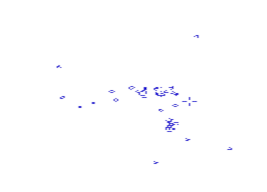
It runs on a 160x192 grid.
Instructions:
[0] / [1] / [{CRSR}] / [CLR HOME]: (re)set cell, cursor movement
[RUN STOP]: engine control *)
[L] / [S]: load/save life plane **)
[?]: re-invoke help screen
The program is now contained in the VIC LIFE section of the MG batch suite.
There's still some 1.5K space left for enhancements. Comments, suggestions are welcome.
Greetings,
Michael
*) i.e.: [SHIFT] + [RUN STOP] starts, [RUN STOP] alone stops the engine.
**) I've included the R pentomino which runs over 1000 generations.
P.S.: It recently has been shown - by construction -, that Life is capable of universal computation, i.e. one could build a computer solely out of Life cells! Look here: http://mathworld.wolfram.com/Life.html
Edits: Repaired broken DL link, and added screenshot for MINIGRAFIK version